Building A Vibrant Verbal Brand Identity: Why & What
When people think of a brand identity, they often think about logos, color palettes, and design styles. And they’re not wrong! But while these things are all important components of a visual brand identity, they leave out the equally important verbal aspect of a brand identity.
A verbal brand identity includes your brand’s voice, tone, and messaging styles, and how they should be used across various channels - website, radio, social media, podcast, ads, etc. This plays out through copy elements like taglines, captions, slogans, brand stories, and the general language used across marketing materials.
When you read a newsletter in your inbox, scroll through an Instagram post from your favorite creator, or hear an ad during a podcast episode, a brand’s verbal identity informs all of the copy throughout these examples.
EXAMPLE
Website copy exemplifies a verbal brand identity in action. How do you want someone to feel when they read through your website? The copy you use shapes perceptions of your brand.
What you say and how you say it is important. If your goal is to build a relationship with your target audience, you will have to show up consistently and in a way that resonates with them. Beyond your brand colors, logo, and how your website looks, the tone, vocabulary, and voice you use help your audience understand and relate to you.
Why is Your Verbal Brand Identity Important?
Consistency
A consistent verbal brand identity helps build a recognizable brand image. When your audience consistently experiences the same messaging styles, it reinforces brand recall and builds trust. Think about the newsletters you love to read, the social captions that actually stop you from scrolling past, and the ads you listen to that actually capture your attention - you might enjoy them because you’ve begun to expect a distinct tone and voice from these brands. This consistency has helped you develop expectations of enjoyment.
Differentiation
In a crowded market, a distinctive verbal identity sets you apart from competitors. By communicating what makes your brand unique and why consumers should choose your products or services, your verbal identity allows you to speak directly to your audience about how your offering is the right solution to their needs.
Connection
Creating a strong verbal brand identity allows you to connect with your audience on a much deeper level. Instead of just selling a product, you can build a relationship and create an emotional connection with your customers. This sense of dialogue can help you gain more valuable and insightful feedback while comforting your target audience. Who doesn’t love feeling seen and valued by the brands we spend our money with?
Clarity
A well-defined verbal brand identity ensures that your messaging is clear and aligned with your brand values, making it easier for your audience to understand who you are and what you stand for. For outdoorsy and adventurous brands, this clarity is especially valuable as we emphasize the contributions we make to a happier, healthier planet, prioritizing our values-based initiatives.
What Does a Verbal Brand Identity Include?
Brand Voice
This is the personality and style of your brand’s communication. Maybe it’s casual, formal, humorous, or serious. Depending on your brand’s characteristics and the preferences of your target audience, your voice serves as the backbone of your verbal identity.
Brand Story
Your brand story might define why you exist and the role you exist to play in the lives of your target audience. These narratives convey the history, mission, and values of your brand to create a deeper connection. This component of your verbal identity serves as a great foundation to build upon, resonating with the adventurous spirit of your business.
Taglines and Slogans
Short, memorable phrases encapsulate the essence of your brand. These are catchy, easy to remember, and convey your brand’s unique selling proposition. Oftentimes, these serve as headlines or subheadlines across your website, appear on product packaging or descriptions, or are incorporated throughout social media bios.
Content Guidelines
Establishing guidelines for the type of language and tone to be used across different communication channels can ensure consistency throughout your messaging. Since a verbal identity can help all team members adopt the brand voice and tone, content guidelines can help them step into the elements of a verbal identity that help a brand’s personality shine through.
Utilizing an Outdoorsy and Adventurous Verbal Brand Identity
Your adventurous business can leverage these elements, insights, and sentiments to create a verbal brand identity that suits your specific business and offerings, speaking directly to the outdoorsy nature of your target audiences.
Evoke Emotion
Use language that taps into the emotions associated with outdoorsy and adventurous activities. You can use your verbal identity to nurture a sense of excitement, freedom, and exploration throughout your marketing copy.
Speak Their Language
Understanding your target audience and communicating in a way that resonates with their lifestyle and interests can compel them to get to know you better. IF your audience is passionate about nature, conservation, and outdoor pursuits, you can incorporate these themes into your messaging and marketing copy.
Highlight Unique Experiences
Whether it’s hiking, camping, or skiing, emphasize the unique experiences that your brand allows consumers to tap into. Craft messages that transport your audience to the heart of these adventures and leverage this adventurous spirit to inform your copy.
Showcase Authenticity
Adventurous audiences often appreciate authenticity and transparency. You can use a genuine, relatable tone that reflects the honest experience of your brand’s product or service to help paint an accurate picture of your brand through testimonials, descriptions, and marketing copy.
Create Community
Many outdoorsy individuals enjoy a sense of community. You can use your verbal brand identity to foster a community feel and help your audience understand that by participating in your brand, they’re a part of something bigger.
When it comes to your verbal brand identity, consistency is key. One of the biggest benefits of creating a verbal brand identity is that it can inform the way you write copy for your brand. No matter the marketing channel, no matter the product, no matter the end goal, no matter the promotion details, your written marketing content should all sound and feel true to you and your brand. This cohesiveness creates a memorable and impactful brand experience for your audience.


